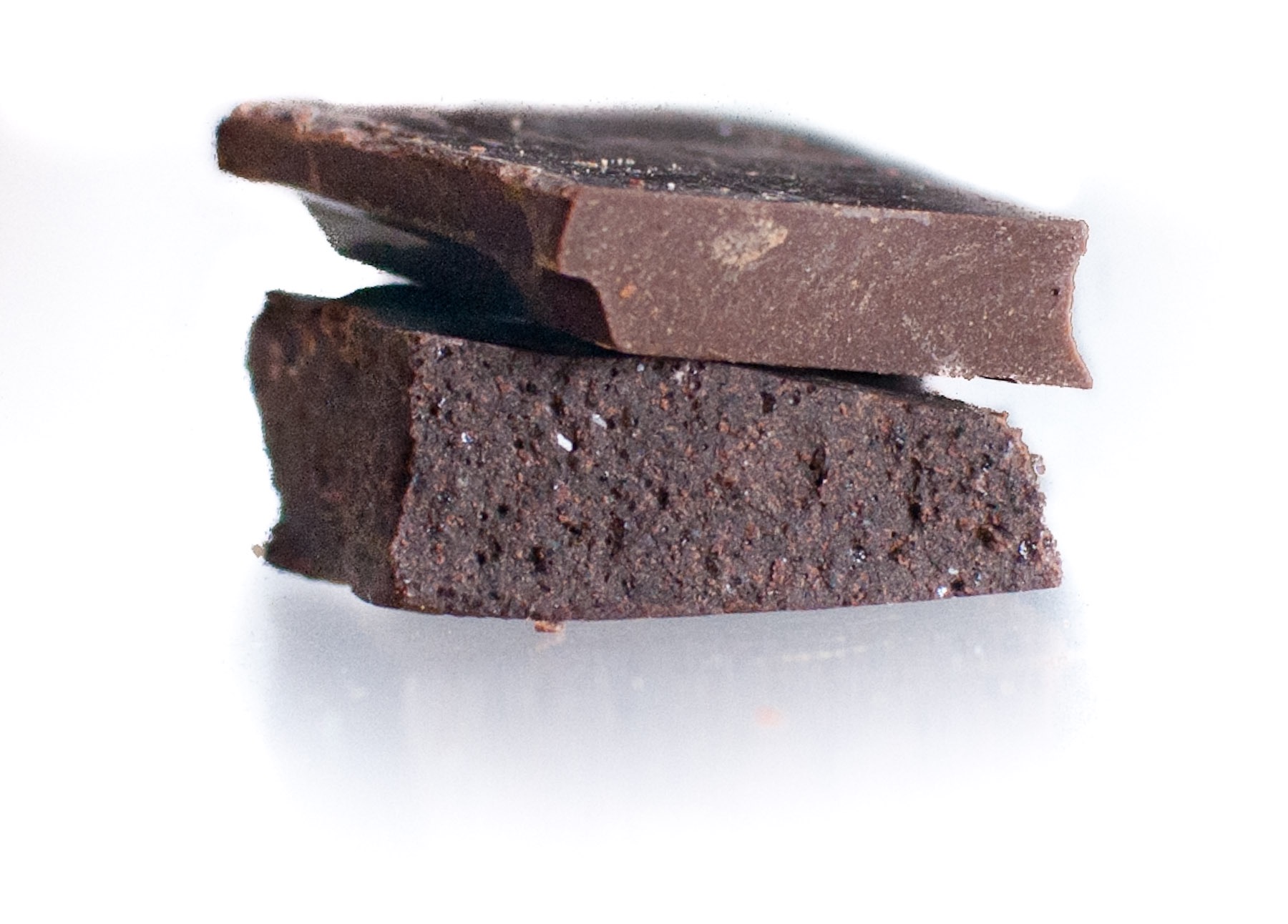Make Your Own Sour Cream and Bittersweet Chocolate
Peel back the layers of how-it’s-made with these recipes from Jeff Potter.
One of the joys of digging into food science is discovering how simple it is to make some common foods. Sometimes the “discovery” is the combination of two different ideas that you may already know. If you’ve ever made yogurt, then you already know how to make sour cream: instead of milk, use cream. Like milk, cream turns sour during fermentation, hence its name.
Learning how ingredients are made also gives us the ability to make more informed choices about what we’re eating. One fun example is liquid smoke. It’s made by distilling smoke vapors through water, which then becomes a carrier for many of the smoky flavor aromas while leaving out some of the carcinogenic compounds. In theory, liquid smoke is a safer way to add that barbequed-over-hickory taste than traditional grilling.
Peeling back the layers of how-it’s-made gives you the ability to play around in the kitchen. Here are two fun, easy, do-it-yourself things to try—one savory, one sweet—from the second edition of my book, Cooking for Geeks.
DIY Sour Cream
Note: commercial sour creams sometimes contain thickeners like corn starch, guar gum, or carrageenan; your homemade sour cream may not be as thick as you’re used to.

DIY Bittersweet Chocolate Bar (Unconched)
A bar of bittersweet chocolate is typically between 54 and 80% cocoa. There’s no legal definition specific to bittersweet chocolate, but as a guideline, bittersweet chocolate is typically 30% cocoa fat, 40% cocoa powder, and 30% sugar. When you see a bar of chocolate that says “70% bittersweet chocolate,” that’s the amount of cocoa fat and cocoa powder. One manufacturer’s 70% might be 30% fat, 40% powder; another’s could be 35% fat, 35% powder. Because cocoa powder is bitter and cocoa fat is not, a 70% bar made with more cocoa powder and less cocoa butter will taste more bitter, even though both bars are “70% bittersweet.”
The ratio of ingredients is only part of the story, though. For the other part, we need to look at how the ingredients are mixed together. Cocoa powder, cocoa fats, and sugar are mixed together in a process called conching. Rodolphe Lindt, a Swiss entrepreneur, developed the conching process based on equipment he’d purchased from a spice mill back in 1879. The ingredients are warmed until the cocoa fat melts, and then the mixture is rolled between grindstones for anywhere from 6 to 72 hours, with longer times producing smoother textures by breaking up the sugar crystals and cocoa solids.
Without conching, bittersweet chocolate has a much rougher texture. To see what chocolate was like before Lindt’s improvements, try making your own small sample of unconched chocolate:

You’ll notice when tasting this chocolate that the initial flavor is astringent and bitter, followed by a sweeter, possibly floral taste as the sugar dissolves in your mouth. Using superfine sugar instead will give a smoother texture, but the chocolate won’t have the same mouthfeel as the bars we are used to, which are conched and tempered.
Excerpts from Cooking for Geeks: Real Science, Great Cooks, and Good Food, by Jeff Potter
Jeff Potter is the author of Cooking for Geeks: Real Science, Great Cooks, and Good Food — Second Edition (O’Reilly, 2015) and a software engineer in New York, New York.